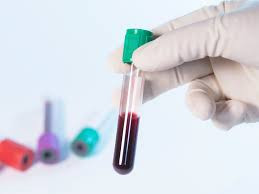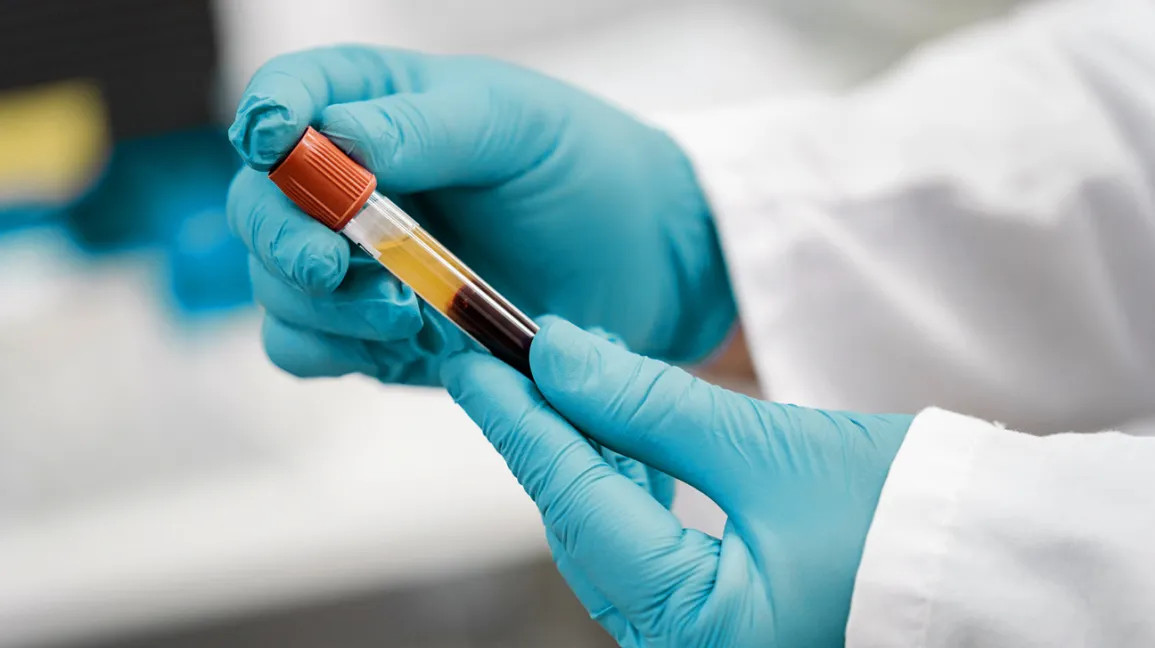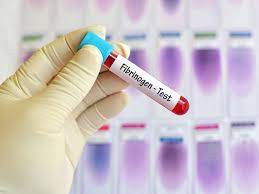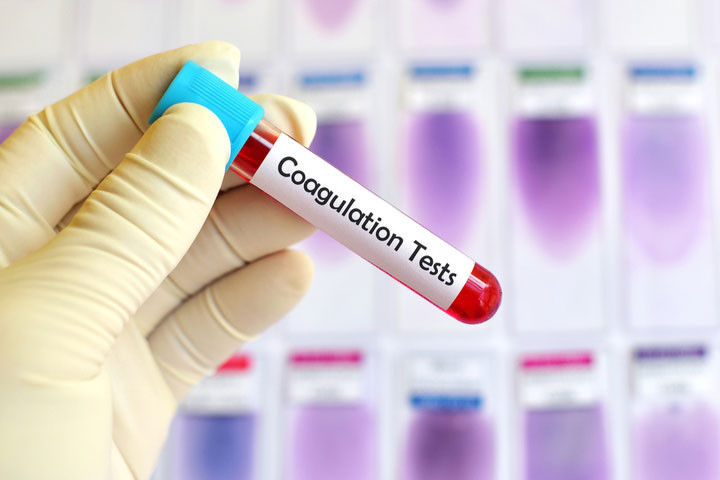Definition
The antithrombin III (AT III) test is a diagnostic procedure used to measure the level of antithrombin III in the blood. Antithrombin III is a protein that plays a critical role in regulating blood clotting. It is produced by the liver and circulates in the bloodstream.
When you experience bleeding, your body activates a natural defense mechanism to prevent excessive blood loss, known as the blood clotting process. Blood clotting factors or proteins regulate this process to maintain proper blood flow through your blood vessels.
However, excessive clotting can be dangerous and even fatal, as it can block blood flow to vital organs. For instance, deep vein thrombosis (DVT) occurs when abnormal blood clots form in the deep veins, often in the legs, thighs, or pelvis, but it can affect other areas of the body as well. Another serious clotting condition is pulmonary embolism, where a blood clot breaks free from its original location and travels through the bloodstream, eventually blocking blood vessels in the lungs.
Indication
Typically, a doctor may recommend the AT III test if you have experienced recurrent blood clotting disorders or if the prescribed anticoagulants (anti-clotting drugs) are not effectively preventing clot formation. Some common indications for this test include:
-
It is part of a comprehensive blood hemostasis evaluation to help identify undiagnosed blood clotting disorders.
-
To monitor antithrombin replacement therapy used to treat antithrombin III deficiency, whether inherited or acquired for various reasons.
-
When the patient’s condition does not improve despite receiving heparin treatment (blood thinner).
-
In cases of venous thromboembolism in individuals under the age of 50, or if blood clots are present in the pulmonary, abdominal, or cerebral veins.
-
A family history of blood clotting disorders.
Contraindication
There are no specific medical conditions that outright prevent someone from undergoing this test. However, certain conditions may make it difficult to obtain a blood sample, such as infections in the arm, the presence of blood vessel grafts, bruising, or arteriosclerosis (hardening of the arteries). If these issues arise, the blood sample may be taken from another part of the body.
Preparation Before the Test
Some medications can impact the accuracy of the test results. For example, ibuprofen (a painkiller), warfarin (an anticoagulant), and chemotherapy drugs like asparaginase can affect antithrombin III levels. You may be advised to temporarily stop taking certain medications or reduce their dosage before the test is performed. However, it is important that you do not stop any medications without consulting your doctor first.
Test Procedure
The antithrombin III test is performed by taking a blood sample. Typically, blood is drawn from a vein in the arm using a small needle. The area from which blood is collected will first be cleaned with alcohol gauze to disinfect the skin.
Next, the healthcare provider will insert the needle into the vein. A small amount of blood will be collected into a tube or vial. You might experience a slight pain or discomfort when the needle is inserted and withdrawn.
Once the sample is collected, the site will be cleaned again with disinfectant or alcohol swabs, and pressure will be applied to the puncture site until bleeding stops. This entire procedure typically takes less than five minutes. The blood sample is then sent to the laboratory, where it will be analyzed by medical professionals.
Normal and Abnormal Values
Test results for antithrombin III levels can vary depending on factors such as age, gender, medical history, and other variables. For newborns, normal antithrombin III levels typically range from 60% to 90%. For children and adults, the normal range is usually between 80% and 120%.
It is important to note that the normal range can slightly differ between laboratories. Therefore, it is essential to consult your doctor to accurately interpret your test results.
Results and Recommendations (Follow-up Tests)
If your antithrombin III level is lower than normal, it may indicate an increased risk of developing blood clots. This can occur if there is insufficient antithrombin III in the blood, or if the antithrombin III is present but not functioning properly. Abnormal results may not be noticeable until adulthood.
Conditions associated with increased blood clotting include:
-
Deep vein thrombosis (DVT)
-
Phlebitis (inflammation of the veins)
-
Pulmonary embolism (a blood clot that travels to the lungs)
-
Thrombophlebitis (inflammation of veins accompanied by blood clots)
A lower-than-normal level of antithrombin III can be caused by the following conditions:
-
Bone marrow transplant
-
Antithrombin III deficiency
-
Liver cirrhosis (irreversible scar tissue formation in the liver)
-
Nephrotic syndrome (a group of symptoms indicating kidney disorders)
Higher-than-normal levels of antithrombin III can result from:
-
Bleeding disorders like hemophilia
-
Kidney transplant
-
Low vitamin K levels
Consult the Right Doctor
Abnormal test results outside of the normal range do not always point to a specific medical condition. However, it is important to discuss abnormal results with an internist. Your doctor will help identify the underlying cause of your condition and determine the most appropriate treatment.
Looking for more information about laboratory, radiology, and other examination results? Click here!
- dr Hanifa Rahma
Antithrombin III (2020) ucsfhealth.org. Available at: https://www.ucsfhealth.org/medical-tests/antithrombin-iii-blood-test (Accessed: 12 May 2023).
Jun Teruya, M. (2021) Antithrombin III, Reference Range, Interpretation, Collection and Panels. Available at: https://emedicine.medscape.com/article/2084978-overview#a4 (Accessed: 12 May 2023).
Antithrombin (activity and antigen) (no date) Antithrombin (Activity and Antigen) - Health Encyclopedia - University of Rochester Medical Center. Available at: https://www.urmc.rochester.edu/encyclopedia/content.aspx?contenttypeid=167&contentid=antithrombin_activity_antigen (Accessed: 12 May 2023).












